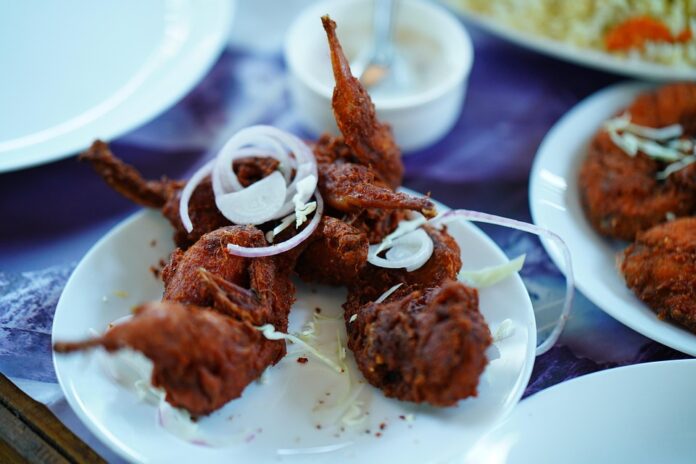Introduction
Turkey meat is a popular protein source consumed worldwide, with a growing demand for its lean and nutritious qualities. The global turkey meat value chain encompasses various stages from production to consumption, involving numerous players such as farmers, processors, retailers, and consumers. In this report, we will explore the key components of the turkey meat value chain, including production, processing, distribution, and consumption.
Production
Turkey Farming
Turkey production begins on farms where turkeys are bred and raised for their meat. Turkey farming involves specialized practices to ensure the health and welfare of the birds, as well as to maximize production efficiency. Leading turkey farming companies include Butterball, Jennie-O Turkey Store, and Cargill.
Feed and Nutrition
Turkeys are fed a balanced diet consisting of grains, protein, vitamins, and minerals to support their growth and development. Feed accounts for a significant portion of the production costs in turkey farming, with companies investing in research to optimize feed formulations for better performance.
Processing
Slaughter and Processing
Once turkeys reach market weight, they are transported to processing plants where they are slaughtered, cleaned, and prepared for distribution. Processing facilities adhere to strict food safety and quality standards to ensure the integrity of the meat products. Major turkey processing companies include Butterball, Cargill, and Hormel Foods.
Packaging and Distribution
After processing, turkey meat is packaged into various cuts and products such as whole birds, breasts, thighs, and deli meats. Packaging plays a crucial role in preserving the freshness and shelf-life of the meat during transportation and storage. Distributors and retailers work together to deliver turkey products to consumers through various channels such as grocery stores, restaurants, and online platforms.
Consumption
Global Demand
The consumption of turkey meat is on the rise globally, driven by factors such as changing dietary preferences, increasing health consciousness, and growing awareness of the nutritional benefits of turkey. Countries like the United States, Germany, and France are among the top consumers of turkey meat, with a growing demand in emerging markets as well.
Market Trends
The turkey meat market is characterized by evolving consumer preferences, shifting food trends, and competitive pricing strategies. Companies in the turkey meat industry are constantly innovating to meet the changing demands of consumers, introducing new products, flavors, and packaging options to stay ahead of the competition.
Industry Insights
Key Players
Some of the key players in the global turkey meat value chain include Tyson Foods, Cargill, Butterball, Hormel Foods, and Jennie-O Turkey Store. These companies have a significant market share and are known for their quality products and strong distribution networks.
Market Size and Growth
The global turkey meat market was valued at $12.3 billion in 2020 and is projected to reach $16.7 billion by 2025, growing at a CAGR of 6.3% during the forecast period. The increasing demand for protein-rich foods, rising disposable incomes, and expanding retail channels are driving the growth of the turkey meat industry.
Challenges and Opportunities
Despite the growth opportunities, the turkey meat industry faces challenges such as price volatility, supply chain disruptions, and changing consumer preferences. Companies in the industry need to adapt to these challenges by investing in technology, sustainability practices, and product innovation to stay competitive in the market.
In conclusion, the global turkey meat value chain is a complex and dynamic ecosystem involving various stages from production to consumption. Companies in the industry must navigate challenges and leverage opportunities to meet the growing demand for turkey meat and stay ahead of the competition. By understanding the key components of the value chain and staying informed about market trends, companies can position themselves for success in the evolving turkey meat industry.




